The concept of fast fashion brands is somewhat new. For those of you who aren’t sure what this term means, let me break it down for you: a fast-fashion brand is, well, exactly what its name suggests. It’s a brand that quickly produces clothing lines and products, almost out of nowhere, and those same products appear to go out of fashion just as quickly. It’s like that famous skit from The Mighty Boosh about Cheekbone magazine that goes out of date every three hours.
There are lots of fast fashion brands out there in 2020, so many that the number will make your head spin. And the reason they persist and thrive is a combination of social media, obsession with celebrity culture, and even good, old-fashioned peer pressure. Well, everyone is wearing it, so why shouldn’t I?
However, there is a dark side to each and every one of these brands. In fact, I’ll provide you with no less than 25 reasons why you should avoid them, and each and every reason will be linked to a different brand. It might seem a bit excessive, but I can’t stress enough how downright disturbing some of them can be. Hopefully, you’ll end up avoiding buying anything from these brands after you’ve gone through this article and embrace slow fashion and sustainable brands instead.
Fast Fashion Brands (and the 25 Abhorrent Things About Them)
#1. Target (The Art of the Cheap Merchandise)
Target is the 8th largest retailer in the United States. In 2019 alone, the Target Corporation earned over $75 billion. And what exactly did they earn all of this wealth on? Fast, low-cost clothing that’s almost made not to be durable.
Bargains and inexpensive clothes are all fine and good, but their offers make you come back and buy more every single time. When you add it all up, you’ll be spending double on cheap clothing in Target than you would buy a pricier branded item. In addition, you’ll be piling up the discarded clothing made from toxic, artificial materials, which pollute the planet.
#2. Walmart (Cheap Merch, Unethical Behavior)
 There isn’t a single person in the US who hasn’t been to a Walmart at least once. Just like Target, this chain of supermarkets offers low-cost, low-quality fashion items that don’t last long. But Walmart is beyond a fast fashion brand — their tools, food and drink, accessories, and other products are not particularly high-quality stuff either.
There isn’t a single person in the US who hasn’t been to a Walmart at least once. Just like Target, this chain of supermarkets offers low-cost, low-quality fashion items that don’t last long. But Walmart is beyond a fast fashion brand — their tools, food and drink, accessories, and other products are not particularly high-quality stuff either.
But it goes beyond just selling duds to people. Walmart’s owner, Jim Walton, is the 8th richest person on the planet. His wealth came from workers in third-world countries toiling away in sweatshops to produce low-cost clothes for the average American consumer. I only need to mention the Rana Plaza incident in Bangladesh, and it’ll be more than enough to make you avoid Walmart at all costs.
#3. Hot Topic (Misrepresentation)
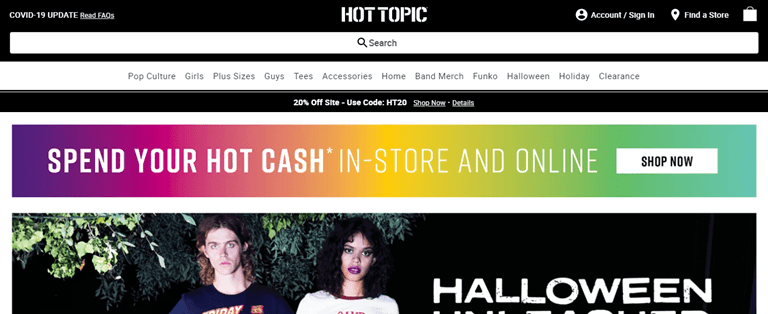 The counterculture has never been in this big of a rut. Even the current anti-establishment trends are bought and paid for by greedy millionaires (and no, I will not be naming names). So, is it any wonder that there are entire brands like Hot Topic that claim to be counterculture?
The counterculture has never been in this big of a rut. Even the current anti-establishment trends are bought and paid for by greedy millionaires (and no, I will not be naming names). So, is it any wonder that there are entire brands like Hot Topic that claim to be counterculture?
Honestly, I find brands like Hot Topic to be far worse than, say, Walmart. Not only do they sell you stuff that’s of poor quality (and made in sweatshops by low-wage workers), but they claim to be something they’re clearly not. And considering how many young people shop at Hot Topic, they are more than just unethical, they are downright damaging.
#4. ASOS (Body Image Issues)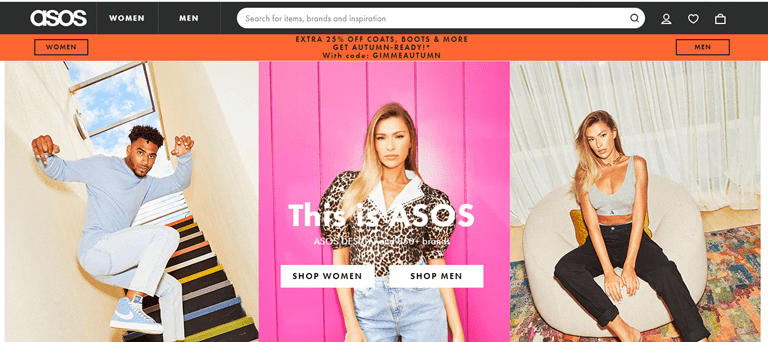
ASOS is a UK-based fashion company that sells cosmetics and fashion products. They aren’t that different from any other brand with their cheaply-made clothing and flashy advertising on the surface. But the company came under fire in 2019 because of one particular photo. It was a promo for a dress worn by a slender model, but the dress itself was held by bulldog clips to make it fit the model’s body.
Yes, this was absolutely a moment of embarrassment for ASOS. However, it raised a bigger issue of body image. After all, they could have chosen a bulkier model to fit the dress, or even a slimmer dress to fit the model. The pins themselves are ASOS’s statement on body positivity, which can make or break a company in this day and age.
#5. Adidas (Animal Products)
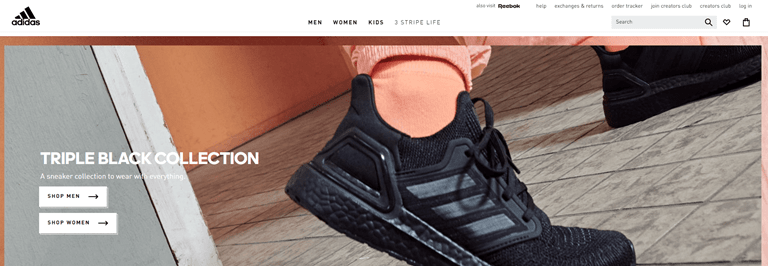 Back in my middle school days, boys would argue for hours, trying to convince one another which one was better, Nike or Adidas. After all, they both produced high-quality sneakers that would last for years before the first signs of wear and tear would show.
Back in my middle school days, boys would argue for hours, trying to convince one another which one was better, Nike or Adidas. After all, they both produced high-quality sneakers that would last for years before the first signs of wear and tear would show.
Adidas is still huge, but it’s not exempt from scandal. The manufacturers still use wool, down, and leather to make their sneakers, all products that come from animals. No self-respecting animal rights activist should ever wear Adidas, even if it means going barefoot.
#6. Zara (Slave Labor for Cheap Clothing)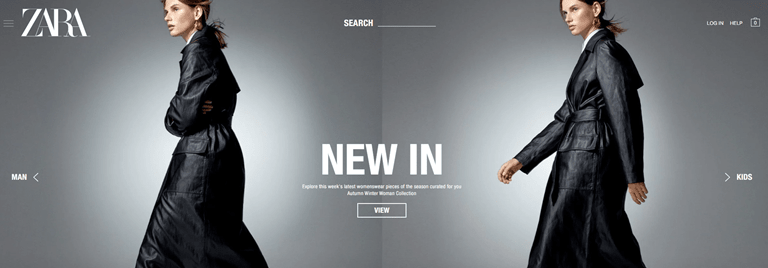
Zara sells at least 12,000 designs per year. Apparently, the designers over at Zara only need a week to handle a new product and get it to the retailers.
Of course, such a quick production schedule isn’t possible unless you work your people to the bone. And that’s exactly what Zara has been doing with its workforce in Brazil. In fact, the workers there toil in slave-like conditions just so you and I can get some neat-looking shirts and trousers.
#7. H&M (Copycats)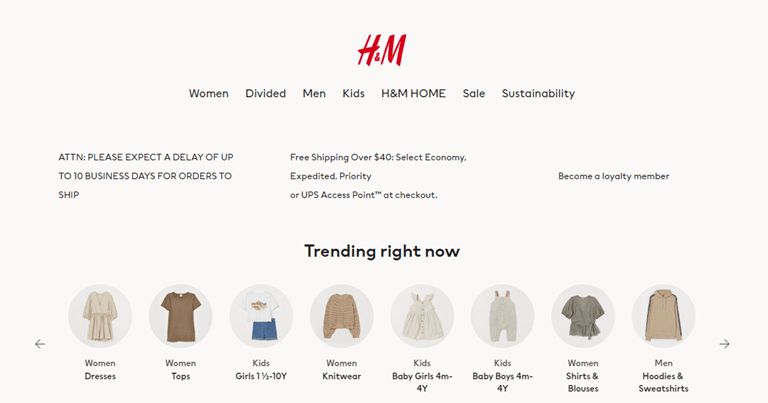
H&M is a Swedish brand that almost rivals Ikea in terms of popularity. As of 2020, they are the second biggest retailer of clothing in the world. They have over 3500 stores in more than 57 countries, and their influence keeps growing.
Obviously, as one of the fast fashion brands on this list, H&M is guilty of all the ‘expected’ misdeeds. The clothing they manufacture is cheap, and low-quality and their workers get paid next to nothing. But to add insult to injury, H&M is known to copy models from other high-end brands. That right there is an additional level of poor business practices, and another reason behind me never shopping in an H&M store again.
#8. Gymshark (Lowkey Body-Shaming)
 If you look at the Gymshark main page right now, you might think that they are all-inclusive for a brand. After all, those models are quite diverse, right?
If you look at the Gymshark main page right now, you might think that they are all-inclusive for a brand. After all, those models are quite diverse, right?
Well, no, there is no inclusivity at Gymshark. As a brand that makes workout clothing, they should cater to overweight people and whether the potential customer wants to lose weight. But that’s not the case; apparently, only slim models can sport the Gymshark outfits, and that’s downright cruel.
#9. Oysho (Poor Working Conditions At Home)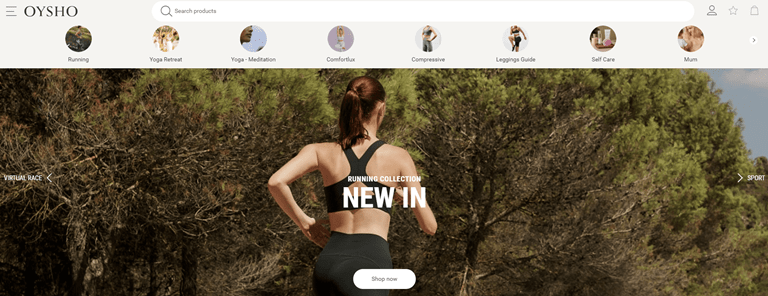
Oysho is a Spanish brand that has made a name for itself, with 650 stores worldwide. Naturally, most of those stores are in Spain, and naturally, this brand is not as huge as other fast fashion brands I’ve listed. So why is it even here?
Well, it’s here to prove that you don’t need to be a huge name to have shady business practices. Oysho produces low-quality goods that just aren’t worth the price tag. But more importantly, they treat their workers poorly and underpay them. And this isn’t a third-world country issue, either — the workers in Spain also have to suffer through all of that!
#10. Mango (Lack of Compassion)
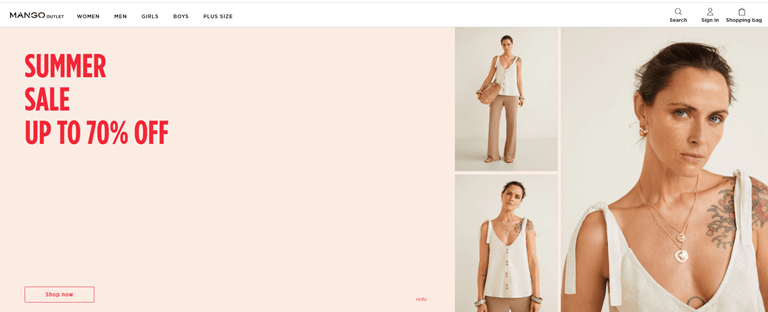 Once again, I must mention the dreaded Rana Plaza incident from 2013. Around 2,400 people were injured, while the death toll reached somewhere around 1,134. It is, by far, the deadliest garment factory disaster in recorded human history.
Once again, I must mention the dreaded Rana Plaza incident from 2013. Around 2,400 people were injured, while the death toll reached somewhere around 1,134. It is, by far, the deadliest garment factory disaster in recorded human history.
A grand total of 29 brands were using products from the factories in the Rana Plaza building. Out of those 29, only 9 attended meetings and decided to compensate the victims of the incident.
Mango was not one of those 9 brands. They didn’t care one bit for the injured and the killed, despite being one of the most successful brands out there, and despite direct links to Rana Plaza.
#11. Peacocks (Sexism)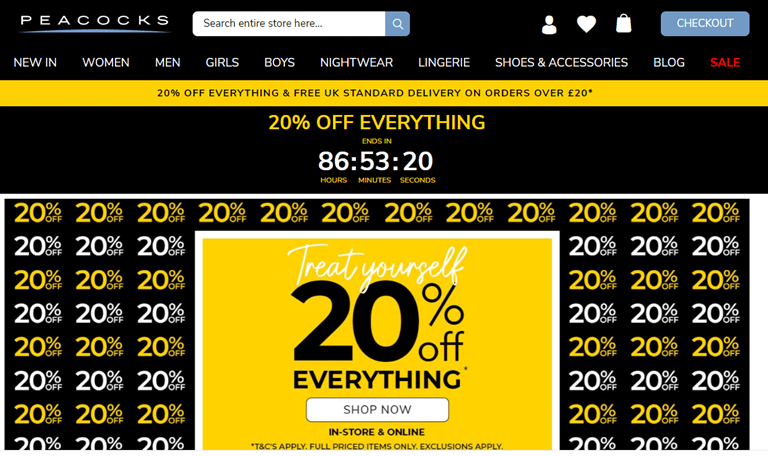
Peacocks is one of those fast fashion brands that seems to fit every mold in the book. They sell cheap, poorly-made clothing, and they don’t pay their workers nearly enough. Those things alone should be enough of a red flag for you.
However, one stunt that Peacocks pulled back in 2018 actually made headlines. Namely, the company put out an ad for an inflatable ‘perfect woman,’ which they described as sexy and nag-free. And while I can definitely see the humor in this stunt, it did not go over well with the crowd, who thought the doll was sexist and wanted it pulled from the stores.
#12. Missguided (Animal Products Done Dirtier)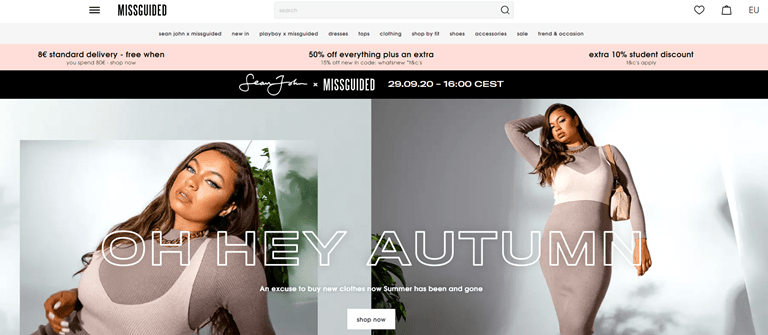
Missguided is a popular UK-based brand that caters to women, though they did recently launch a men ’s-only only range, Mennace. If you care about inclusivity and diversity, you might think of Missguided as your brand of choice since they have a line of clothes for plus-sized ladies.
However, in 2017, people were shocked to hear about Missguided’s shoe production practices. Namely, the company has been illegally using furs from different animals to make their sneakers, including fur from raccoons, dogs, and rabbits. I’m not even vegan, and I felt disgusted just reading that! You should never, under any circumstances, support a brand that practices animal cruelty.
#13. New Look (An Animal Product/Cheap Production Combo)
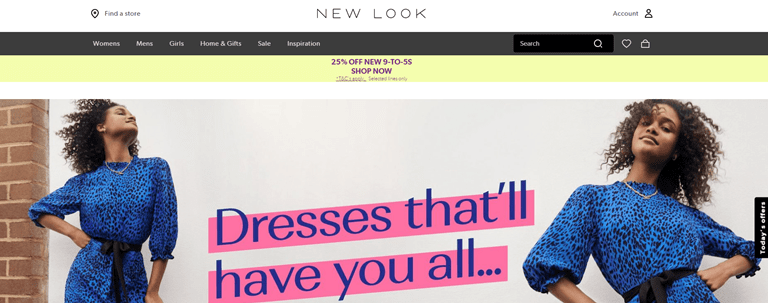 What kind of fast fashion brands use leather, down, and exotic furs and still somehow manage to make awful products? Is there a fashion brand out there that promises to cut down on prices without any improvement on what they make? Well, that brand is New Look. Yes, that same New Look that has close to 900 stores around the world and that, somehow, still makes tens of millions of dollars.
What kind of fast fashion brands use leather, down, and exotic furs and still somehow manage to make awful products? Is there a fashion brand out there that promises to cut down on prices without any improvement on what they make? Well, that brand is New Look. Yes, that same New Look that has close to 900 stores around the world and that, somehow, still makes tens of millions of dollars.
#14. AliExpress (Literally Everything Gone Wrong)
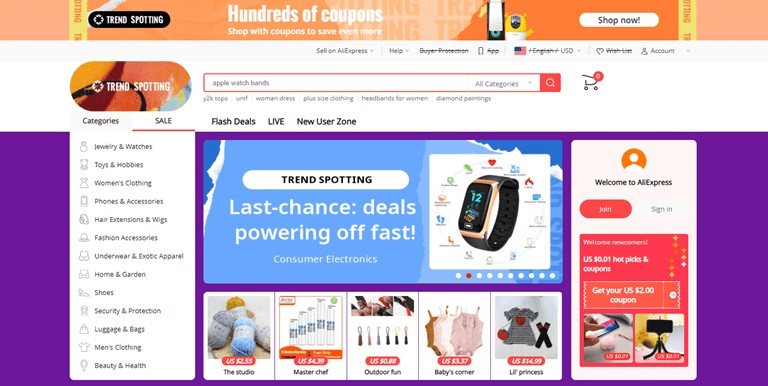 Everyone under the sun has heard of AliExpress. It’s one of the most popular retailers for every item under the sun, including clothing. And while it’s not technically only a fast-fashion brand, it definitely belongs on this list.
Everyone under the sun has heard of AliExpress. It’s one of the most popular retailers for every item under the sun, including clothing. And while it’s not technically only a fast-fashion brand, it definitely belongs on this list.
Sure, you can buy everything at a decent price on AliExpress, and you can buy it in bulk. But then again, you will have to deal with a few minor problems, such as:
• Shipments sometimes being months late
• Your item arriving broken, torn, or damaged
• The retailer of your choice being shady and closing down a month after your purchase
• Their abysmal customer service
• Their retailers’ disgusting begging for a high rating
• The fact that you might not get your money back
• The lack of proper working conditions (to say the least) for the people making the clothes
• Many, many knockoff ‘brands’
• The inability to use PayPal or any other means of payment
#15. boohoo (So Bad the Government Shamed Them)
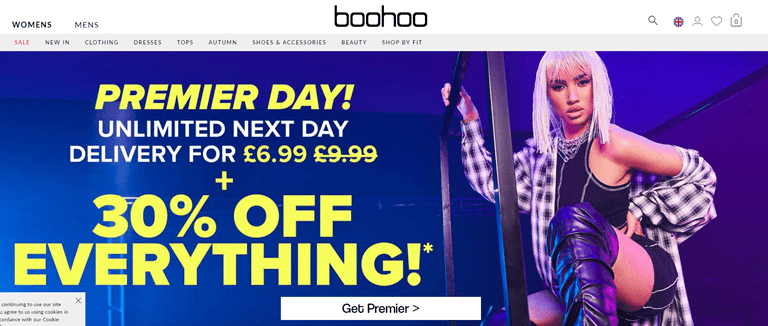 Yes, boohoo is one of those fast fashion brands that managed to tick off the British Parliament, of all places. Imagine selling a £5 ($6.37) dress whose quality is so low that not even charity wants it? Yes, charity shops actually rejected selling boohoo dresses because of how poorly made they were, and the matter was brought up by the British MPs!
Yes, boohoo is one of those fast fashion brands that managed to tick off the British Parliament, of all places. Imagine selling a £5 ($6.37) dress whose quality is so low that not even charity wants it? Yes, charity shops actually rejected selling boohoo dresses because of how poorly made they were, and the matter was brought up by the British MPs!
Of course, that’s not the only poor business practice boohoo engaged in. As a brand, they encourage the UK’s culture of throwing clothes away, which is never a good thing for the environment.
#16. Fashion Nova (Cheap Merch and Poor Working Conditions)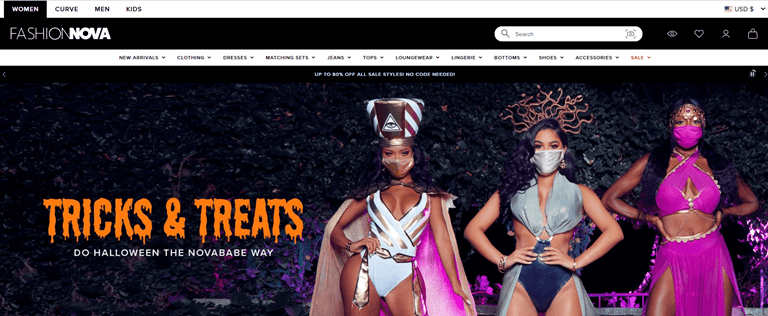
Fashion Nova is a brand that treats its workers like garbage. They are overworked, underpaid, and lack some basic workers’ rights. And what do they make? Cheap, flimsy clothing that not even the homeless would want to wear.
So why is Fashion Nova so popular, despite all of these issues? Well, they have an amazing social media presence, and they can do marketing extremely well. It just goes to show you that not everything that glitters is gold and that you might need to think twice before clicking a like button on that Fashion Nova dress.
#17. GAP (No Worker is Safe)
 If you reside in San Francisco, you would know just how strong the GAP is. They have a strong footing in the US with roughly 2.400 stores. So, how do they treat the workers who make the clothes that fill all those stores?
If you reside in San Francisco, you would know just how strong the GAP is. They have a strong footing in the US with roughly 2.400 stores. So, how do they treat the workers who make the clothes that fill all those stores?
In a word, dreadfully. From 2006 to 2018, you could hear every accusation under the sun. Here are a few choice ones so you can get a general idea:
• Workers were forced to abort unborn babies
• Lots of people had to work in unsafe conditions
• Some workers had to toil for 100 hours per week and went 6 months without any salaries
• Sexual misconduct happened regularly
• Few people were paid overtime
What’s more, these accusations all came from US stores. Who knows what the GAP is responsible for overseas!
#18. GUESS (Employees Suffer the Most)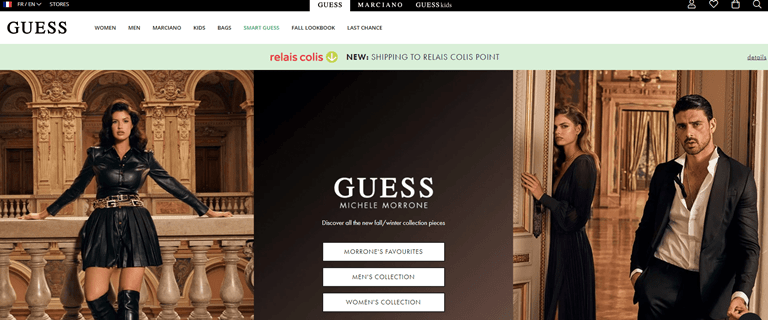
GUESS has two long traditions. The first one — is one of the oldest fast fashion brands on this list that still sells millions. The second one — treating their facilities like sweatshops since the 1980s.
But being a sweatshop worker isn’t your only privilege if you work for GUESS. In the early 90s, you would also NOT receive the minimum wage you earned. In fact, it got so bad that GUESS got sued over it and had to pay $500,000 as back pay to the staff.
#19. Urban Outfitters (You Get to Work for Free)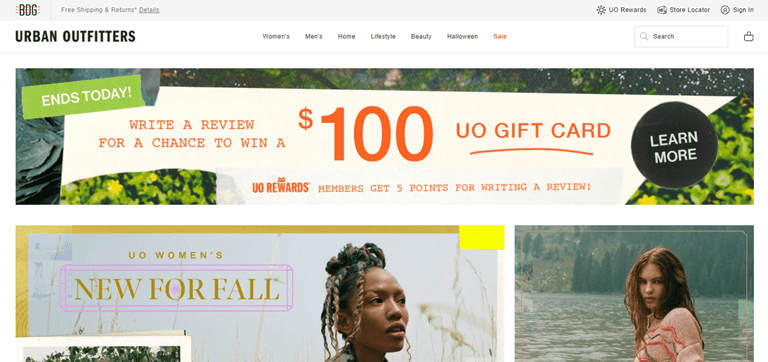
Urban Outfitters makes a lot of products. They are not just a fashion brand; they cover everything from footwear to vinyl and cassettes. Young adults across the US tend to enjoy shopping there.
Of course, the people working at UO don’t really get to enjoy anything. Not only do they not receive a minimum wage, but they also have to work on the weekends for free. That sentence alone should warrant a serious legal investigation into UO.
#20. Victoria’s Secret (Too Many Secrets)
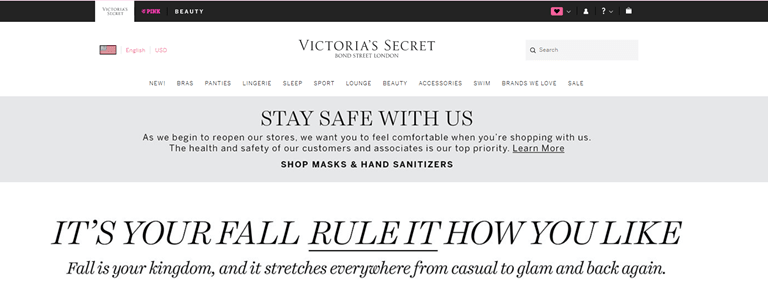 Men and women love Victoria’s Secret, albeit for different reasons. It’s a powerful brand that sells millions of products on a yearly basis, all targeted towards women.
Men and women love Victoria’s Secret, albeit for different reasons. It’s a powerful brand that sells millions of products on a yearly basis, all targeted towards women.
So, why should you refuse to buy anything from them? Here’s a handy list of reasons:
• Frequent sexual harassment of VS’s models
• Child labor incidents
• Formaldehyde-related lawsuits
• Negative attitudes towards trans people
• Underpaid workers
#21. Rip Curl (Kim’s Domain)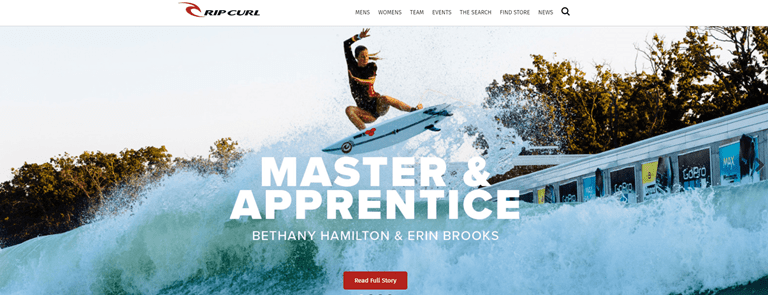
Rip Curl is a brand that the sports crowd might recognize. They manufacture sportswear and have over a hundred stores worldwide.
It might surprise you, but Rip Curl’s main workshop is in North Korea, of all places! And I don’t have to tell you how they treat workers of any industry in North Korea.
#22. Primark (Cries for Help)
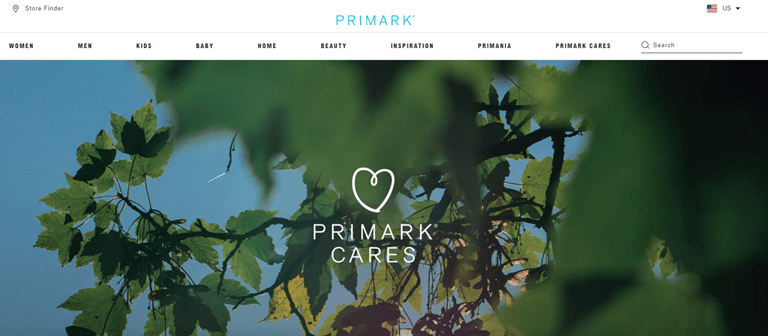 The Irish fashion brand Primark came under fire in 2014 because of a very strange event. When shoppers bought some items in Swansea, they spotted some odd labels stitched on there. Each label was an SOS, a cry for help from a sweatshop worker somewhere in China. Some of these messages stated that the workers had to toil 15 hours a day to make Primark stuff.
The Irish fashion brand Primark came under fire in 2014 because of a very strange event. When shoppers bought some items in Swansea, they spotted some odd labels stitched on there. Each label was an SOS, a cry for help from a sweatshop worker somewhere in China. Some of these messages stated that the workers had to toil 15 hours a day to make Primark stuff.
Naturally, Primark denied these claims and called the incident a hoax. And naturally, I don’t believe them, and neither should you.
#23. Topshop (Profit Over Employees)
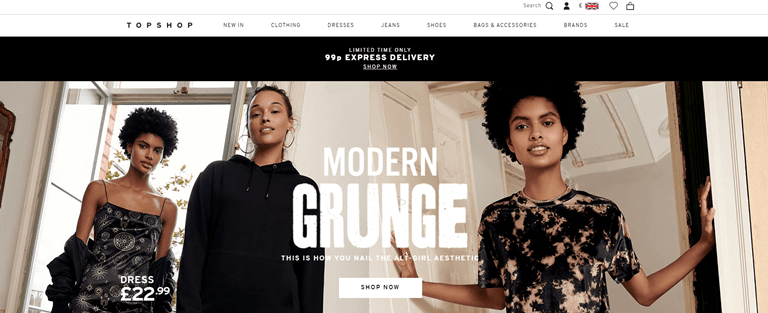 Once again, one of these fast fashion brands reminds me of a scene from The Mighty Boosh. It shouldn’t really surprise anyone that Topshop is based in the UK and that it has over 500 stores worldwide. It should also not surprise you that they treat their workers like dirt and that their primary focus is on earnings. And yes, the term ‘slave labor’ very much applies here.
Once again, one of these fast fashion brands reminds me of a scene from The Mighty Boosh. It shouldn’t really surprise anyone that Topshop is based in the UK and that it has over 500 stores worldwide. It should also not surprise you that they treat their workers like dirt and that their primary focus is on earnings. And yes, the term ‘slave labor’ very much applies here.
#24. Stradivarius (Plagiarism)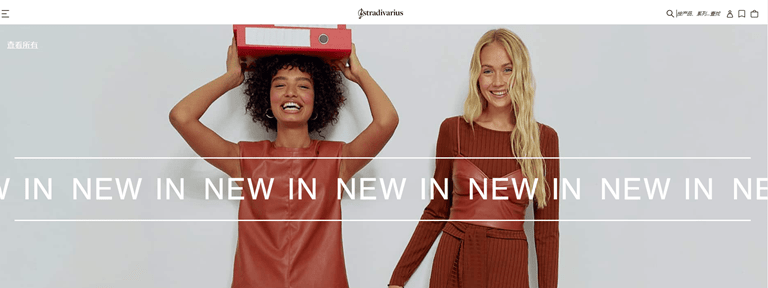
Stradivarius may take its name from the famous family of violin makers, but the brand focuses on women’s clothing and accessories. Of course, they have lots of controversies that are similar to other fast fashion brands on this list. But one that stuck out was them printing illustrations that looked like photos of fashion bloggers. Naturally, it was all done without the bloggers’ permission.
#25. Uniqlo (Big and Bad in Japan)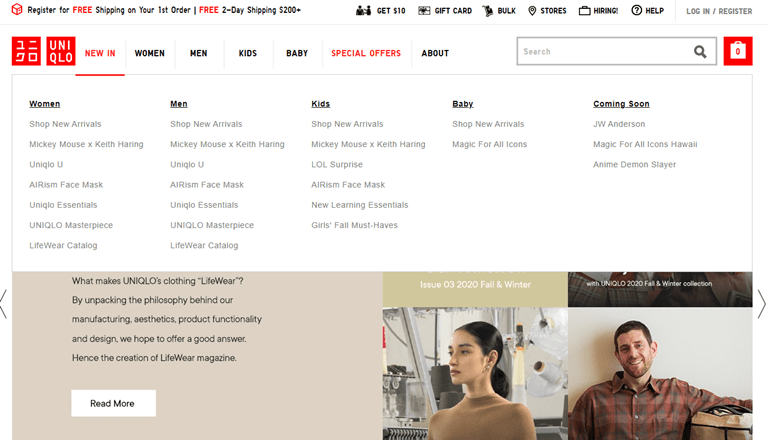
Uniqlo is a Japanese brand that sells fashion products worldwide. And just like Western fast fashion brands, it has its own dirty laundry. Namely, Uniqlo workers in Chinese factories seem to work in slave-like conditions. More importantly, they have to work overtime and expect low wages! And to top it all off, the bosses over at Uniqlo have a history of harassment and bullying.
Final Thoughts: How to Avoid Fast Fashion Brands?
As you can see, fast fashion brands are unethical, cruel, and some of their acts are downright criminal. So, what can you do to avoid buying clothes in one of their stores? Well, here’s one last handy list of mine, to conclude the article properly:
• Buy clothes from sustainable clothing brands
• Sew your own clothes
• Shop in thrift stores
• Look for clothing of higher quality
• Swap clothes with friends and loved ones
